We are publishing series of articles on PMP topics to help the PMP exam preparation. One of the critical and most important concept in preparing for the PMP exam is Risk Breakdown Structure (RBS). In this article we are going to explain you Risk Breakdown Structure (RBS).
- TRY NOW : 50 PMP Practice Questions
- Access our 487 mins Self-Study Training (Get 35 contact hours certificate)
What is RBS?
Risk Breakdown structure (RBS) is a hierarchical representation of risks according to their risk categories. It do have different levels similar to Work Breakdown Structure which makes RBS a very strong tool for Project Managers to use.
Different levels helps in streamlining the risks and identifying the risks in a categorical approach where focus can be maintained as per category of risks.
The beauty of this level approach is, as you go deep in levels you are in process of making an exhaustive checklist. This depth is not defined however follows the same heuristic as WBS, till it make sense do the further drill down, else stop.
Why we need it?
Risk management is one of the important facet of overall Project Management. It’s said that if a Project Manager is able to identify its risk and take proper actions at right time, no one can stop the success of the project. This is the very reason why we need RBS.
RBS is a tool which helps a Project Manager to visualize and strategize its approach towards project risks. Without RBS, a simple list will not have that hierarchical view and also will not have categorized approach where scattered approach will delay the responses and eventually effect the project in negative manner.
From PMBoK perspective, if we see there are six process under Risk Management Knowledge Area and five are under Planning Process Groups.
As Risk Management is more of planning tools like RBS where Project Manager can collate and a strategic view of things will help.
How it can help?
RBS helps in multiple ways. It’s important to understand the different steps in Risk Management and how RBS helps in those. We shall take this up in little detail one by one. There are basically three steps (though there are further sub step of these three) in Risk Management which are followed continuously during the course of a project.
Identify Risk
Risks identification is a process which every Project Manager has to do. Project Manager use different techniques to collate all possible risks and put it in a document. Now, there are multiple ways identified risks can be represented. It can be in the form of a list as mentioned below:
Or it can in hierarchical structure as shown below. This structure is nothing else but RBS i.e. Risk Breakdown Structure.
If we look at this closely, the list format is not giving any visibility whereas in hierarchical view once one start identifying the risks you will naturally elaborate it and get more depth. This RBS is not elaborated at next where actual Risks are defined but this is a real good tool for Risks identification. Higher levels help in coverage and lower levels as a checklist.
Risk identification elaborate progressively with the project but initial drill is very important to have a focused approach. This helps in conducting interviews or surveys to identify risk domain wise as sections are clearly mentioned.
Assess Risk
Second step in Risk Management is Risk assessment. RBS helps in assessing the list with domain or level it is into. E.g. in a mission critical project where accuracy is the most important concern, any issues under technical section will be located and assessed closely. RBS gives a focused approach to identify which domain is important for project and under that how many risks are there, how critical the risks are?
In some of the projects, Risk score for the risks are assessed and under that area/domain risks are sorted with their score, highest being at the top. This gives two dimensional view to Risk Management.
RBS helps in assessing the risk by making the type of risk visible just with it hierarchical view. Also in this structure, correlations and dependencies also becomes evident. As a Project Manager you may have a clear view on where to focus and apply rigor of assessment and response strategy first.
Another benefit of RBS is to compare different projects by comparing its RBS. Structure of RBS remains same for similar projects or different tenders for same projects. While doing the assessment, RBS of two can be compared and some valuable information can be extracted.
Plan Response
Once the risks are identified and their risk exposure/score is identified, their responses are to be planned. RBS helps in multiple ways to accomplish it. Response plan is always related to the source of risk or area of risk. When a Project Manager look at RBS with a systematic structure of area and then Risk Score sorted risks within that structure, it becomes very easy for Project Manager to plan for responses. It will be very evident from the structure itself that which kind of response strategy will apply for a particular risk.
Risk response can be of different types as mentioned below:
Looking at the area and risk score in a hierarchical structure, Project Manager can select one of these responses and then analyse and put forward the response with respect to the risk.
Responses has to be made by having clear understating on inter relations of risk as well as dependencies which becomes evident in RBS.
On top of above mentioned factors, RBS also helps in risk reporting as RBS in itself act as a consolidated report. Some Project Managers, elaborate RBS itself for elaborating the response and current status however some organisations uses internal tools which has pictorial view of RBS as well as elaborated responses and its statues and built.
- TRY NOW : 50 PMP Practice Questions
- Access our 487 mins Self-Study Training (Get 35 contact hours certificate)
Sample Question on RBS
Here is a sample question on RBS topic:
A Resource Breakdown Structure (RBS) in project management would be for breakdown the project by type of resources. The Resource Breakdown Structure (RBS) is an example of a:
A. Linear chart
B. Matrix chart
C. Flow chart
D. Hierarchical chart
Correct Answer is D. Hierarchical chart
Conclusion
Risk Management is one area which, if addressed effectively, drives the success or failure of the project. This makes RBS as powerful tool for a Project Manager as it helps him/her during all the stages of Risk Management i.e. Risk Identification, Risk assessment and Risk Response. On top of this, it also gives a systematic picture to full Risk Management.
If you are looking for any help in preparing for the PMP certification exam, please call too our customer support or send a mail.
- What are Scrum roles and why it’s needed? - August 12, 2017
- Stakeholder Analysis – Is it required? - July 28, 2017
- Project Manager – An integrator, how? - July 28, 2017
- Different PMI Certifications – Which one to choose? - July 28, 2017
- What is the importance of Change Management in Project Management? - June 23, 2017
- What’s important to know to build a career in Agile? - June 23, 2017
- Agile Basics, Manifesto & Principles - June 23, 2017
- Scrum – Is it mandatory to learn in today’s IT market? - June 2, 2017

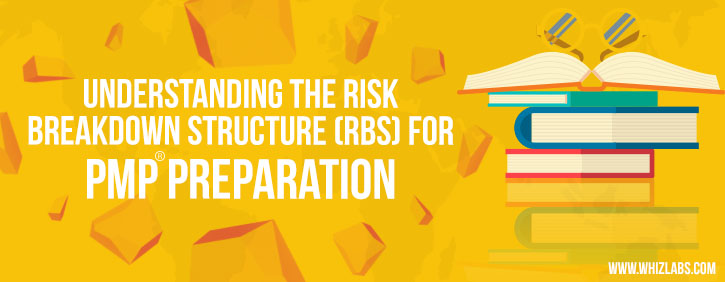
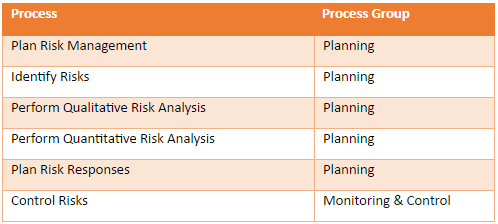

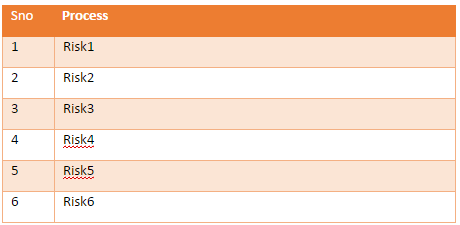
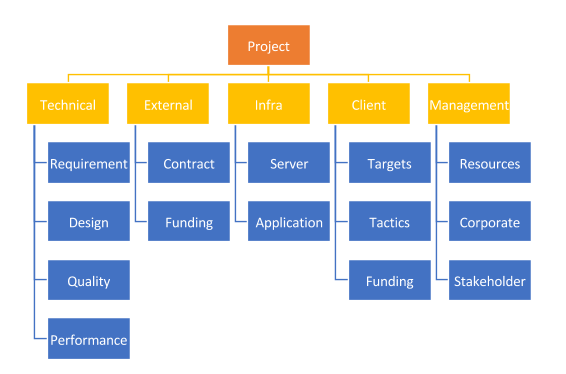
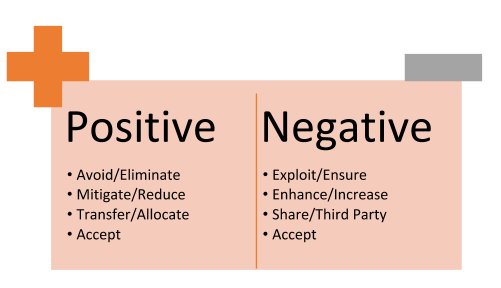
You really make it seem so easy with your presentation but I find this matter to be actually something that I think I would never understand. It seems too complex and very broad for me. I am looking forward for your next post, I’ll try to get the hang of it!
Like!! Thank you for publishing this awesome article.
Spot on with this write-up, I honestly believe that this web site needs a lot more attention. I’ll probably be back again to read more, thanks for the info!